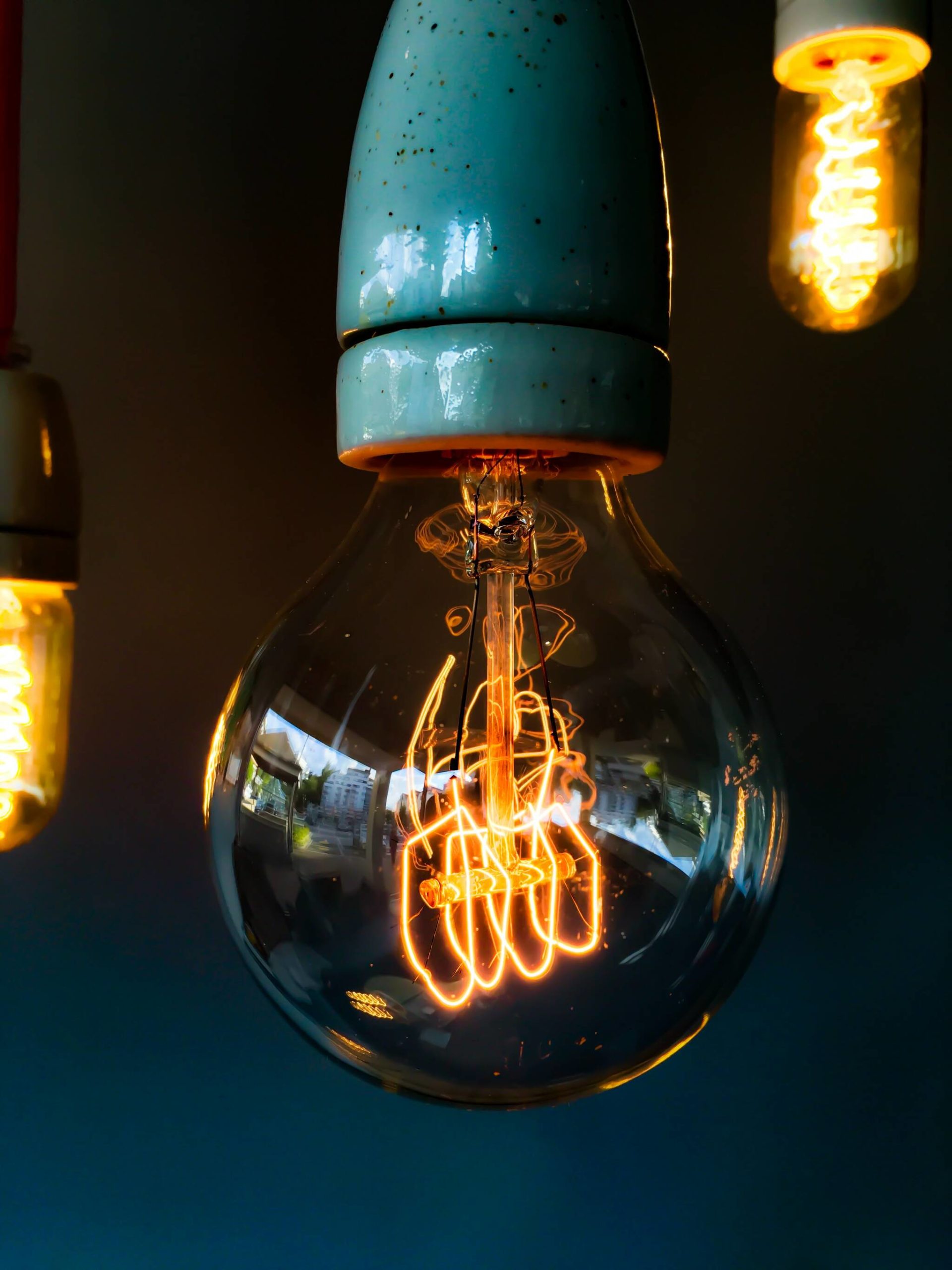by Toby Cooper
Sounder contributor
Serving 20 islands with a grid that is already 85% greenhouse-gas free, Orcas Power and Light Cooperative has partnered with its island community to supply “clean energy at an affordable price” and deliver an institutional response to climate change.
But did all this come tumbling down on June 30 when the U.S. Supreme Court decided West Virginia vs. EPA, unceremoniously declaring certain institutional climate responses to be unconstitutional?
“We can’t control the political climate,” said OPALCO’s General Manager Foster Hildreth. “There is a major transformation well underway to decarbonize our power supply. That train has left the station.”
In essence, the Supreme Court decided that the U.S. Environmental Protection Agency has no authority to regulate coal-fired and other power plants under the Clean Air Act. Signed by then-President Lyndon Johnson in 1963, that law provided legislative authority to curtail decades of unmitigated dumping of industrial pollutants into the air we breathe. Its extension into climate mitigation is seen by legal scholars as a natural progression based on logic, legal precedent and national security.
Will the damaging ripple effects of West Virginia find their way to Orcas Island? Foster says no, although, as always, the devil is in the details.
Washington state, with its climate-focused governor and legislature, does not need Washington, D.C. to lead us forward, according to Hildreth. This region is well-positioned with the Clean Energy Transformation Act to stay on track for a broad energy transition. Although CETA may yet be tested under West Virginia, we are still poised to retire the coal generation in our fuel mix, and it’s difficult to see how the carbon sector will find feasible solutions to compete.
Further insulating San Juan County residents from what some see as the Supreme Court’s pernicious and politically charged focus on the USA’s climate response is a web of programs and grants that exist apart from federal regulation. To date, OPALCO has garnered $48 million in U.S. Department of Agriculture Rural Energy Savings Program funds, called “Switch It Up,” to offer easy financing for efficiency conversions in homes and businesses.
In addition, OPALCO has joined with 15 other electric co-ops to negotiate its next (2028) power supply contracts from a position of strength.
OPALCO obtained a grant from the US Department of Commerce’s Clean Energy Fund to begin to explore the feasibility of tidal generation in the San Juan Islands — a promising avenue in Foster’s eyes. This is the first step in a very long process to identify the best sites, engage with stakeholders, examine environmental and wildlife impacts and position the co-op with beneficial partnerships.
The timeline is uncertain, but OPALCO is committed to doing the advanced work it will take to be ready.
Still, at the heart of all climate response is one indisputable fact: carbon dioxide (CO2) is a pollutant, and according to the EPA, 25% of CO2 and other planet-warming greenhouse gasses come from the generation of electricity. If the Supreme Court’s conservative majority is resolute in dismantling regulation to control CO2 production, then OPALCO’s best alternative is to manage the “demand” side which regulation does not even address.
“The best thing anyone can do to weather the storm is to reduce their total energy demand through conservation, efficiency measures and electrification of heating and transportation. The climate emergency is accelerating and it’s up to us to quit our carbon habits,” Foster said. “Especially here in the Salish Sea, we have too much to lose.”



